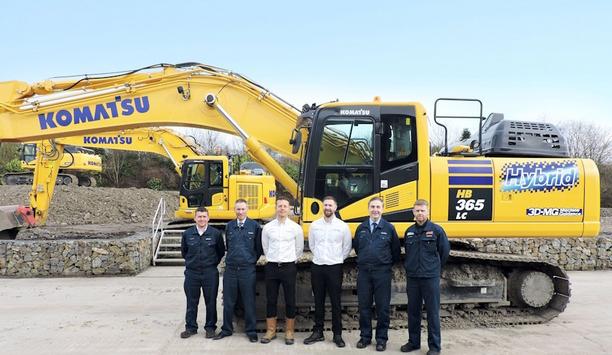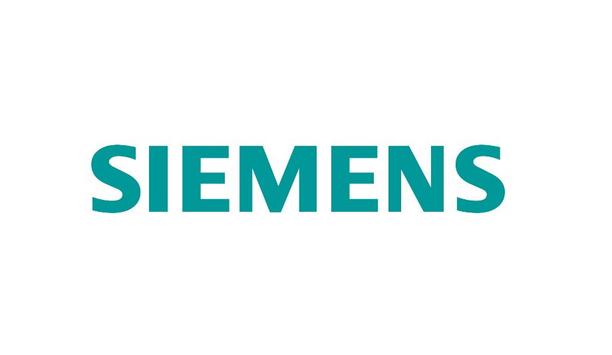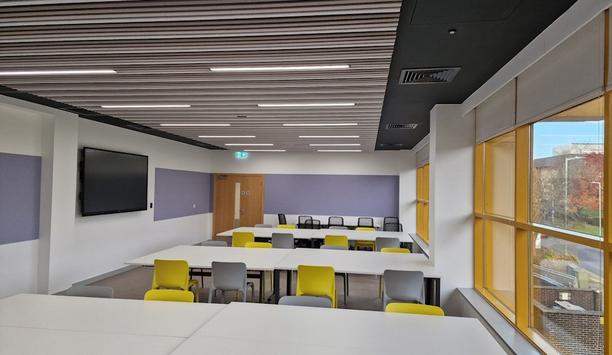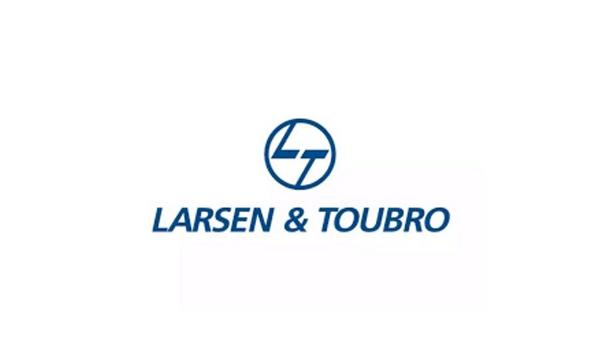Mitsubishi Electric Corporation announced that it has built undersea conservation fences off Iriomote Island, Okinawa Prefecture, to protect tape seagrass, a Category II vulnerable species on the Ministry of the Environment's Red List, and donated the fences to the town of Taketomi in Yaeyama County, Okinawa Prefecture, which administers the island, during a ceremony on September 2.
Tape seagrass
In Japan, Tape seagrass, a species of the Hydrocharitaceae family that grows to about one meter in length, exists in colonies found only in the Yaeyama Islands, of which Iriomote is the largest and most important habitat.
The Ministry of the Environment's Red List quantifies and assesses the risk of extinction for each species of wildlife living in Japan. Seagrasses, seaweeds, salt marshes, and mangrove forests in coastal and marine ecosystems are major absorbers of so-called blue carbon, which is stored in their biomass and the soil beneath them.
reducing CO2 emissions
The company has confirmed that tape seagrass serves as a spawning and breeding ground for marine life
Through initiatives in diverse fields, Mitsubishi Electric is committed to reducing carbon dioxide emissions, a major contributor to climate change.
Through field surveys of blue-carbon ecosystems, the company has confirmed that tape seagrass serves as a spawning and breeding ground for marine life, and also absorbs and fixes carbon dioxide from the atmosphere.
nature-positive contributions
As such, the species makes "nature-positive" contributions by not only reducing environmental damage, but also by enhancing biodiversity, improving ecosystem health, and supporting the sustainable use of natural resources.
However, the species is now threatened with extinction, including around Iriomote, a World Natural Heritage Site, due to factors such as consumption by green sea turtles, which inhabit coastal areas in tropical and subtropical regions of the world and feed primarily on seaweed and seagrass like eelgrass, and are themselves classified as a Category II vulnerable species.
protective fences
Fences will enable the remaining tape seagrass to recover to the point where it no longer needs protection
Recognizing the urgent need for action, Mitsubishi Electric built protective fences around the tape seagrass beds off Takana Beach covering some 440 square meters.
It is hoped that the fences will enable the remaining tape seagrass to recover to the point where it no longer needs protection, allowing green sea turtles to feed on it naturally, thereby supporting biodiversity as well as the absorption and fixation of carbon dioxide.
protection strategies
Going forward, Mitsubishi Electric will work with Taketomi town to explore additional measures, such as protection strategies that incorporate the use of light and sound, and calculating the amount of carbon dioxide fixed in blue-carbon ecosystems.
Through such efforts, the company aims to restore the original ecological balance of the local marine ecosystem and make further nature-positive contributions on a larger scale.






